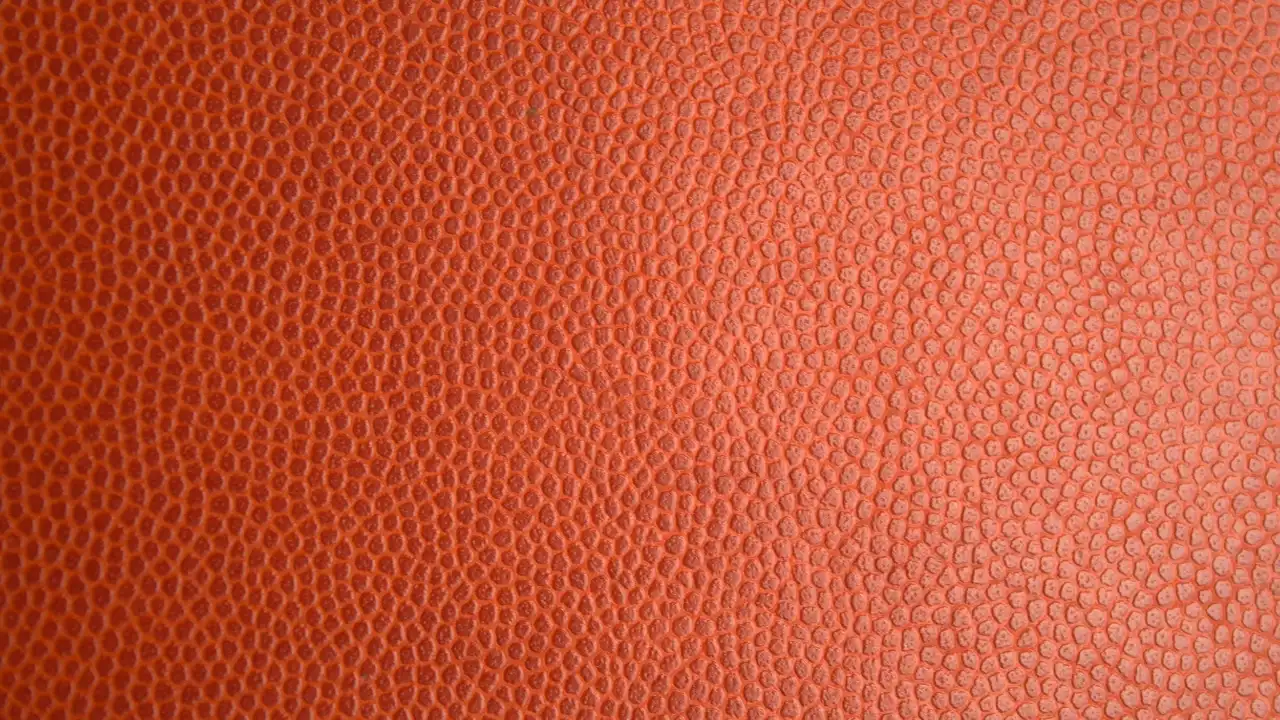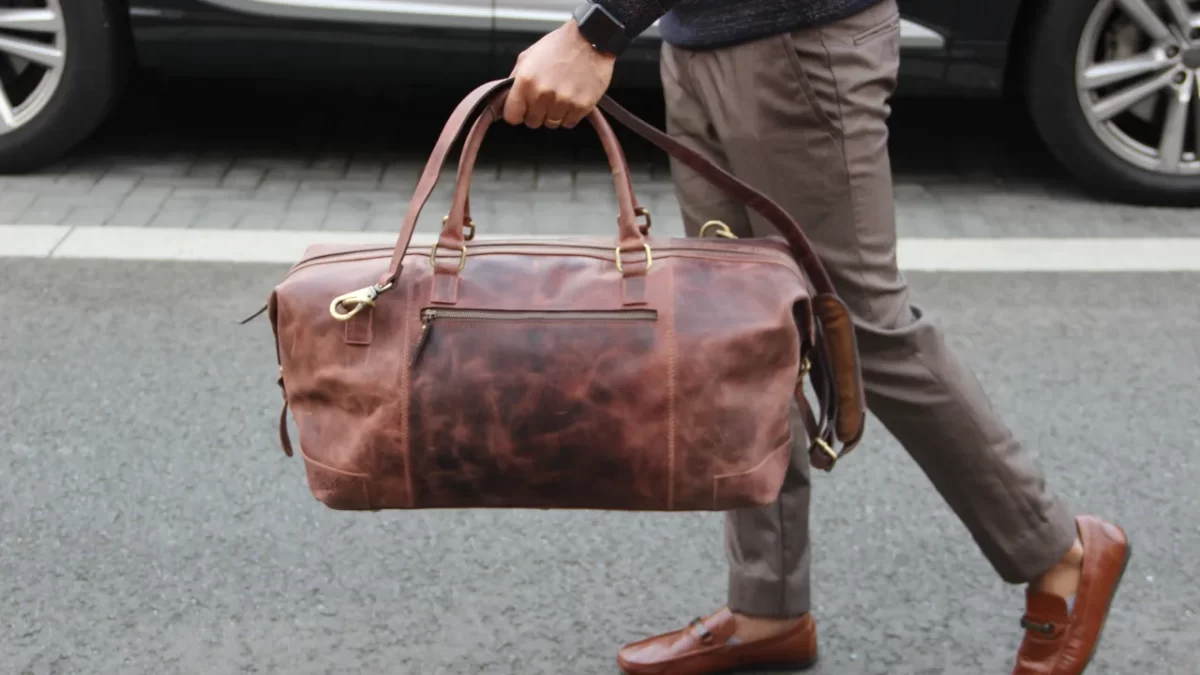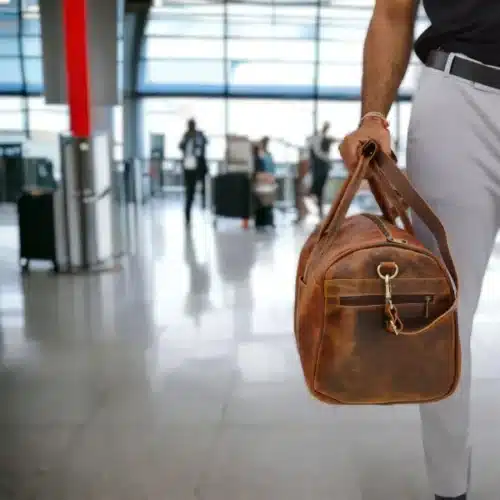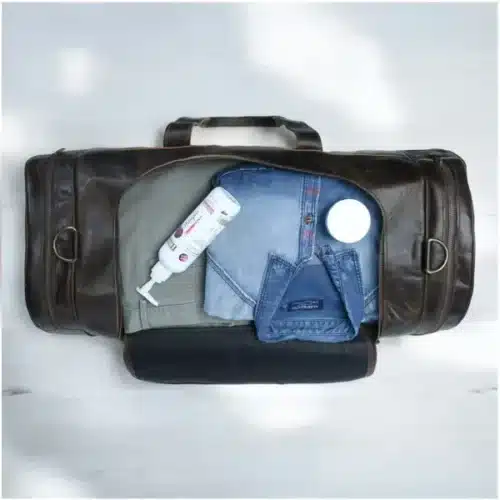
🚛 FREE SHIPPING | LIFETIME REPAIR WARRANTY | 20% Sale: “FREEDOM20”

When comparing real vs fake leather, there are key indicators to help you determine authenticity. Genuine leather has a distinct, natural smell, unlike synthetic materials. The texture is another giveaway; real leather, with unique grain patterns, feels soft and supple, while fake leather often feels plastic-like and uniform. Examining the edges can also reveal the difference: real leather has rough, uneven edges, whereas fake leather has smooth, perfect edges. Conducting a water test can also help; a drop of water will be absorbed by real leather, while it will sit on the surface of fake leather. Understanding how to tell if leather is real ensures you invest in high-quality products. For more tips on how to clean leather bag and other types of leather, explore our detailed guides.
Understanding how to tell if leather is real involves recognizing several key characteristics. Real leather possesses a distinct, earthy smell that synthetic materials can’t replicate. The texture of genuine leather is soft, supple, and warm to the touch, often displaying unique grain patterns and natural imperfections such as scars or wrinkles, which add to its character. The edges of real leather are typically rough and fibrous, unlike the smooth, plastic-like edges found on fake leather. Additionally, real leather absorbs moisture; a drop of water will be absorbed into the surface rather than sitting on top. These traits are essential for identifying genuine leather in products like a leather messenger bag or a leather backpack, ensuring you invest in high-quality, durable items.
Comparing real vs fake leather reveals that fake leather, also known as faux leather, has distinct characteristics that set it apart. Fake leather often has a chemical or plastic-like smell, lacking the natural aroma of genuine leather. Its texture is generally smoother and more uniform, with a cold, synthetic feel that doesn’t soften over time. Unlike real leather, fake leather does not have unique grain patterns or natural imperfections, making it look more artificial. The edges of fake leather are usually smooth and perfect, reflecting its machine-made origin. Moreover, fake leather is water-resistant, so a drop of water will remain on the surface without being absorbed. These features make it easier to identify fake leather and distinguish it from genuine leather products, helping consumers make informed choices about their purchases.
Determining whether leather is genuine or not can be done through several simple tests. Understanding how to tell if leather is real ensures you invest in high-quality products. Here are some reliable methods to distinguish real vs fake leather.
A thorough visual inspection is the first step in identifying real leather. Look for natural grain patterns, which are irregular and unique, unlike the uniform texture of fake leather. Real leather also shows natural imperfections like scars and wrinkles. Check the edges; genuine leather has rough, fibrous edges, while fake leather edges are smooth and perfect. These visual cues are essential in distinguishing real vs fake leather.
The touch and feel test is a reliable way to identify genuine leather. Real leather feels soft, supple, and warm, while fake leather often feels cold and plastic-like. When you press real leather, it should develop small wrinkles or creases, adding to its character. In contrast, fake leather remains rigid and unyielding. This tactile experience is crucial in understanding how to tell if leather is real.
The smell test is another effective method to differentiate real vs fake leather. Genuine leather has a distinct, earthy aroma that synthetic materials cannot replicate. In contrast, fake leather typically emits a chemical or plastic-like odor. By smelling the leather, you can quickly determine its authenticity, making this a simple yet effective test.
A quick water test can help verify the authenticity of leather. Place a small drop of water on the surface; real leather will absorb the moisture within a few seconds, indicating its porous nature. Fake leather, however, will repel the water, causing it to bead on the surface. This test is an easy way to identify how to tell if leather is real.
The fire test should be performed with caution. Lightly burn a small, inconspicuous area of the leather. Real leather will char and emit a natural, hair-burning smell, while fake leather will melt and produce a chemical odor. This test is a definitive method to distinguish real vs fake leather, but it should be used as a last resort due to the potential for damage.

Choosing genuine leather bags offers numerous benefits that make them a worthwhile investment. Firstly, real leather is highly durable, ensuring your bag can withstand daily wear and tear while maintaining its elegance. The natural fibers in real leather make it strong and resilient, which means it can last for many years with proper care. Additionally, genuine leather develops a beautiful patina over time, enhancing its appearance and adding character to the bag. This aging process is unique to each piece, making every bag distinct.
Another reason to opt for genuine leather is the superior quality and craftsmanship involved. Real leather bags are often handcrafted with attention to detail, ensuring high standards of construction and finish. Furthermore, understanding how to tell if leather is real can help you avoid low-quality, synthetic alternatives that may offer different benefits. Genuine leather is also timeless, making it a versatile accessory that complements various styles and occasions.
In conclusion, choosing genuine leather bags is a smart decision due to their durability, unique aging process, and superior craftsmanship. Recognizing the differences in real vs fake leather ensures you invest in a quality product that will serve you well over time. By understanding how to tell if leather is real, you can make informed purchasing decisions and enjoy the lasting benefits of genuine leather. Embrace the elegance and reliability of real leather bags to elevate your style and ensure a lasting investment.
FAQ
To determine how to tell if leather is real, look for several key indicators. Real leather has a distinct, earthy smell, unlike the chemical scent of fake leather. The texture of genuine leather is soft and supple, with natural grain patterns and imperfections, whereas fake leather often feels plastic-like and uniform. Additionally, real leather has rough, fibrous edges, while fake leather has smooth, perfect edges. Performing a water test can also help: real leather absorbs moisture, while fake leather repels it.
The primary difference between real vs fake leather lies in their composition and characteristics. Genuine leather is made from animal hides, providing a durable, breathable material that develops a unique patina over time. It has natural imperfections and a distinct aroma. In contrast, artificial leather, also known as faux leather, is made from synthetic materials like polyurethane or PVC. It often has a uniform appearance, lacks the natural smell, and does not age or wear as gracefully as real leather.
Fake leather can be manufactured to mimic the smell of real leather, but it often falls short. Real leather has a rich, earthy aroma that is difficult to replicate precisely. While synthetic materials may be treated with chemicals to produce a similar scent, it is typically not as authentic or lasting. Therefore, the smell test remains a useful method in determining how to tell if leather is real.
The most common type of fake leather is polyurethane (PU) leather. PU leather is made by coating a fabric base, often polyester, with a polyurethane finish. It is designed to mimic the appearance of genuine leather but lacks its durability and natural characteristics. Knowing the differences between real vs fake leather helps consumers make informed choices about their leather products.
Real leather, when properly cared for, does not crack and peel. Cracking and peeling are signs of synthetic materials or poor-quality bonded leather, which are common in fake leather products. Genuine leather may develop minor cracks with age, but regular conditioning can prevent this. Understanding how to tell if leather is real and maintaining it properly ensures longevity and durability.






